#22: Using Augmented and Virtual Reality to Enable Next-Generation Engineering
We talk with Jeremy Herring and Kelly Ervin from ERDC’s Information Technology Laboratory about how ERDC is enabling next-generation engineering by applying augmented reality and virtual reality capabilities. These disruptive technologies can help solve a diverse range of current and future problems by immersing users in virtual scenes. As uses continue to grow, ERDC established…
Read MorePodcast: Play in new window | Download
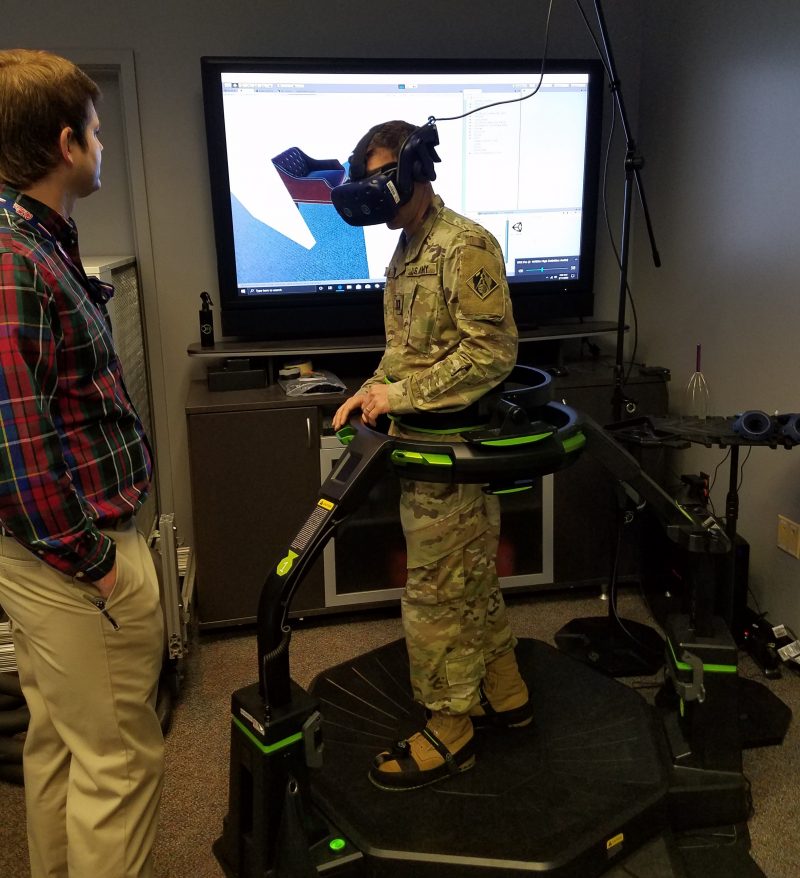
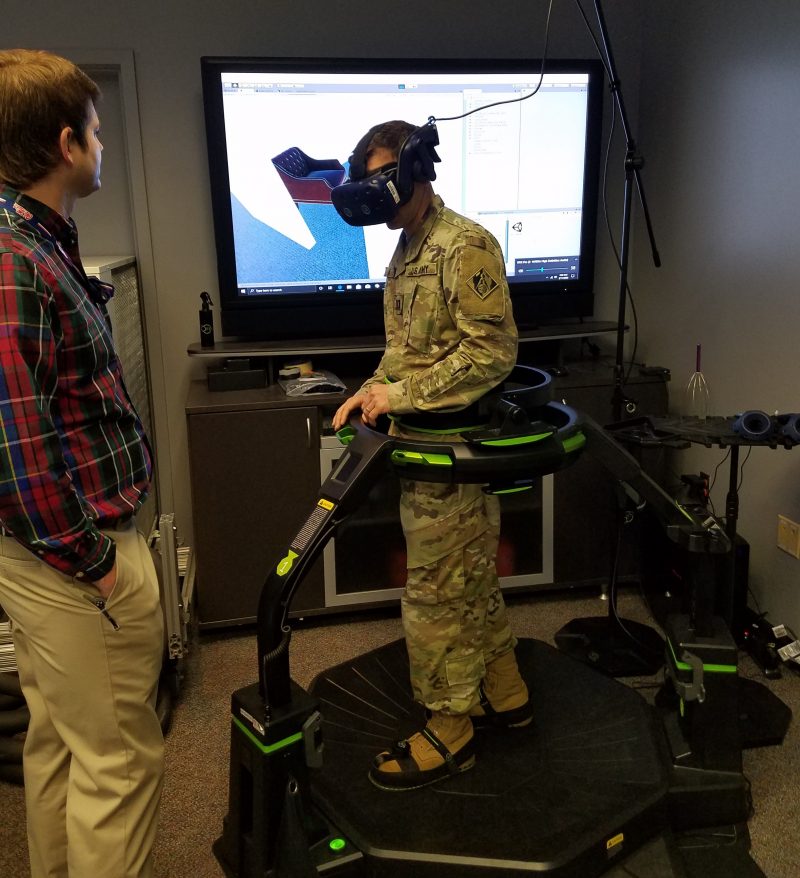
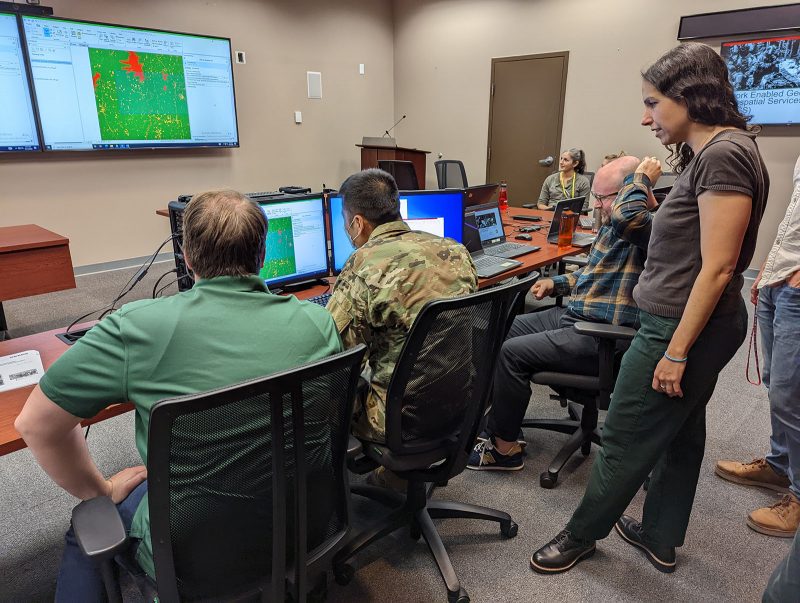
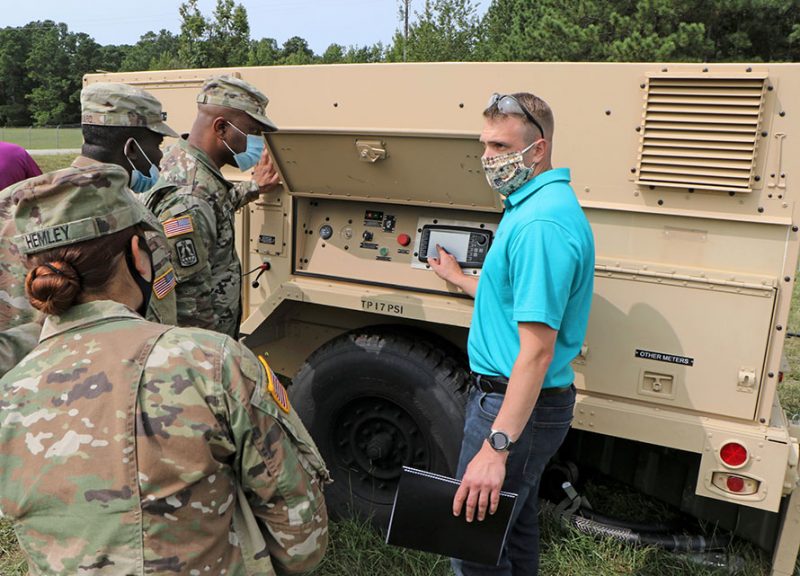
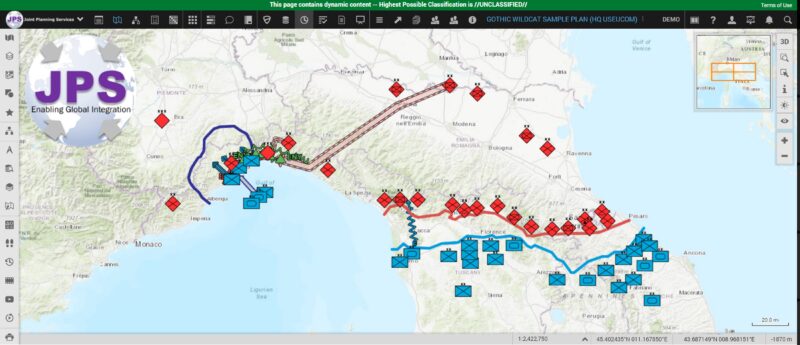
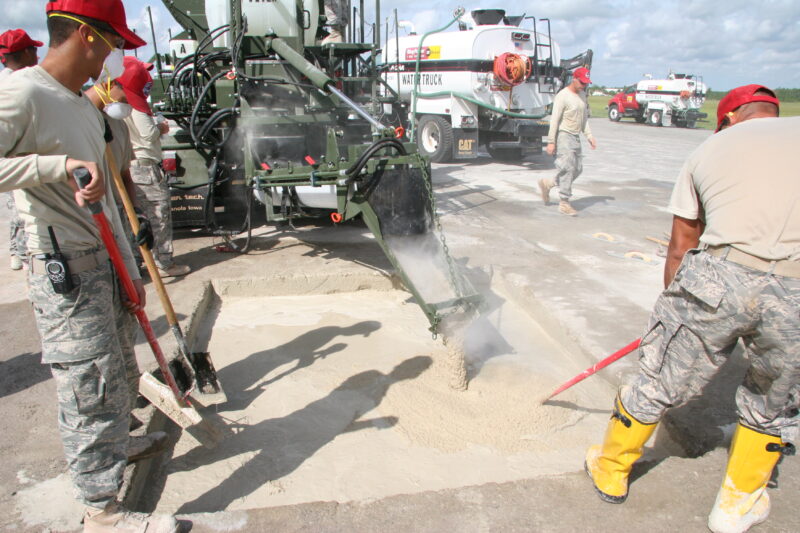





Recent Comments